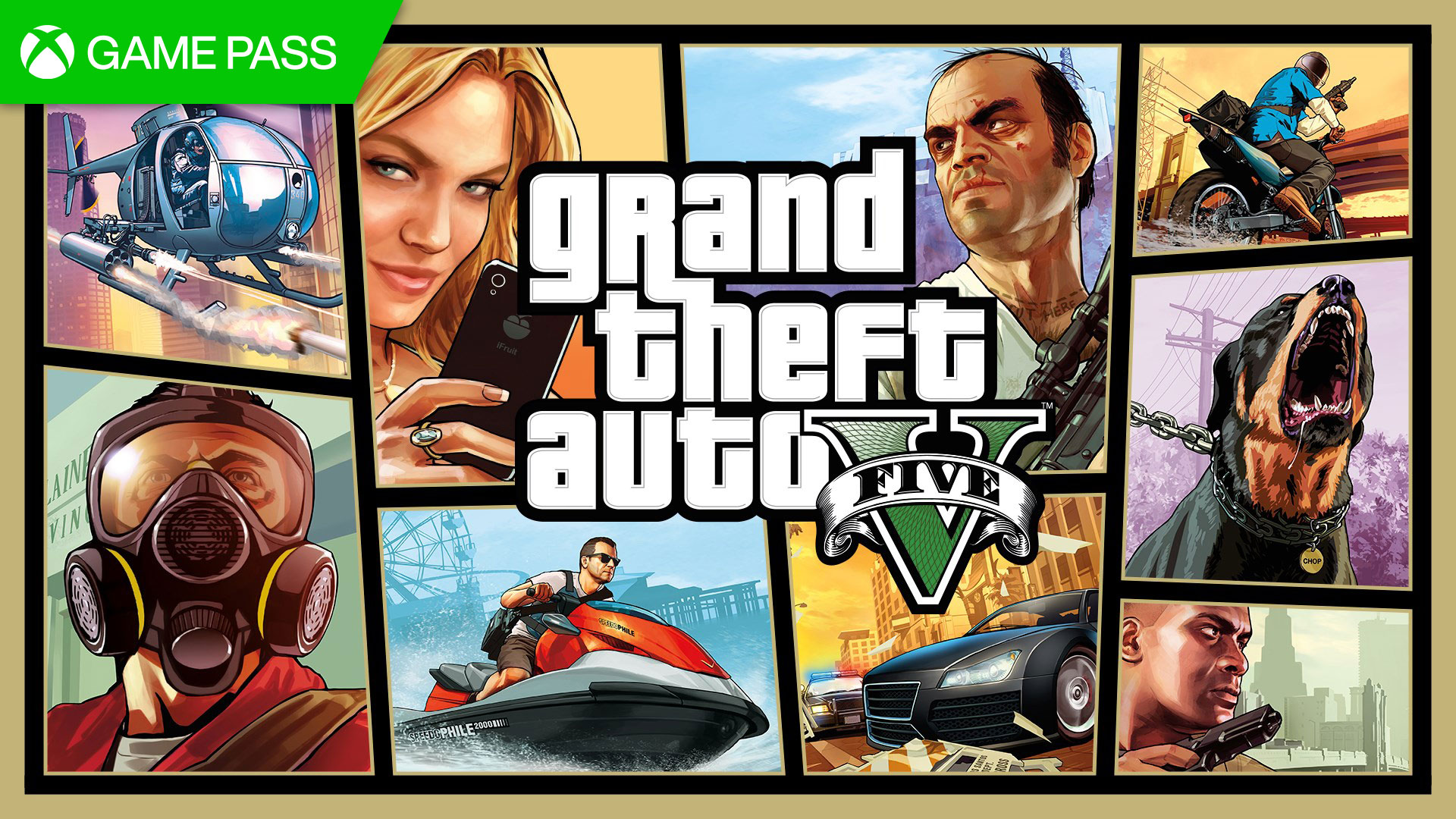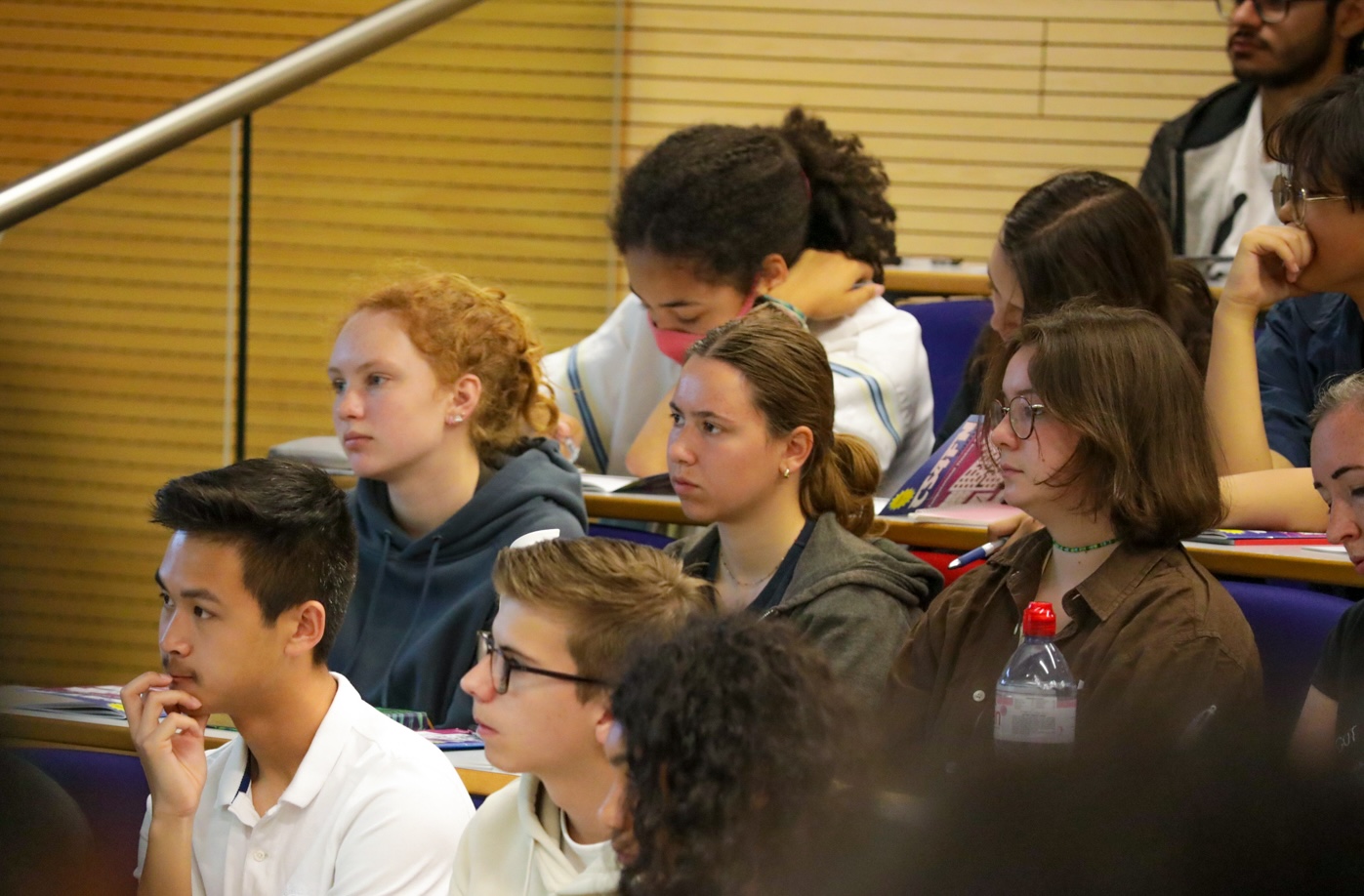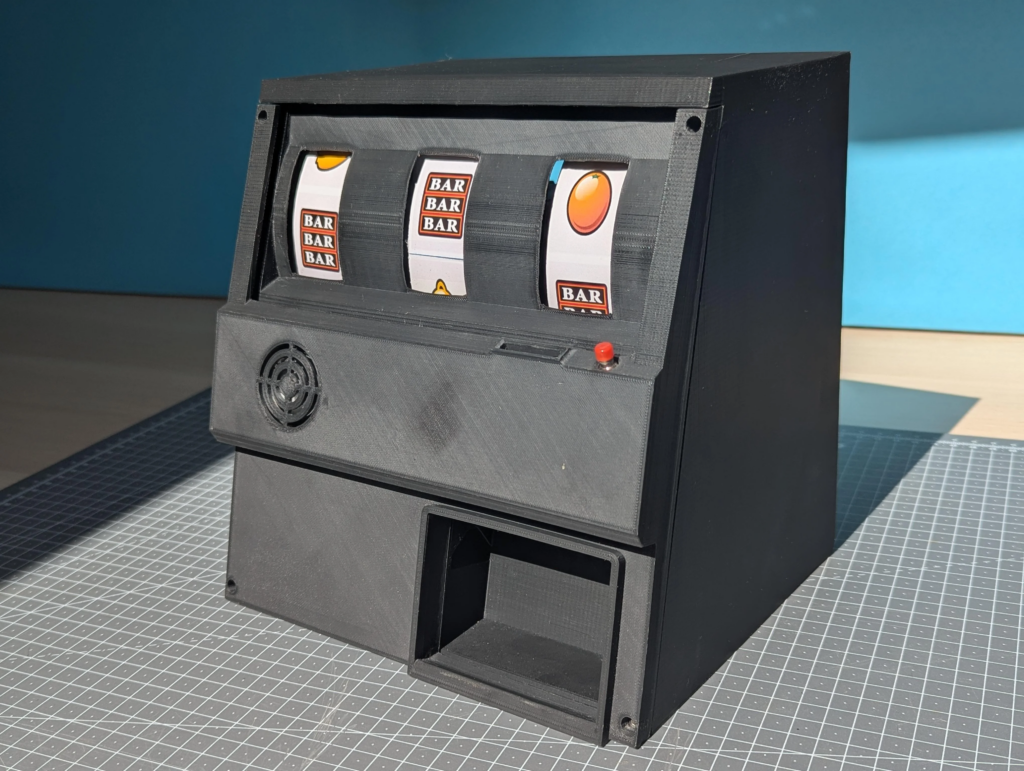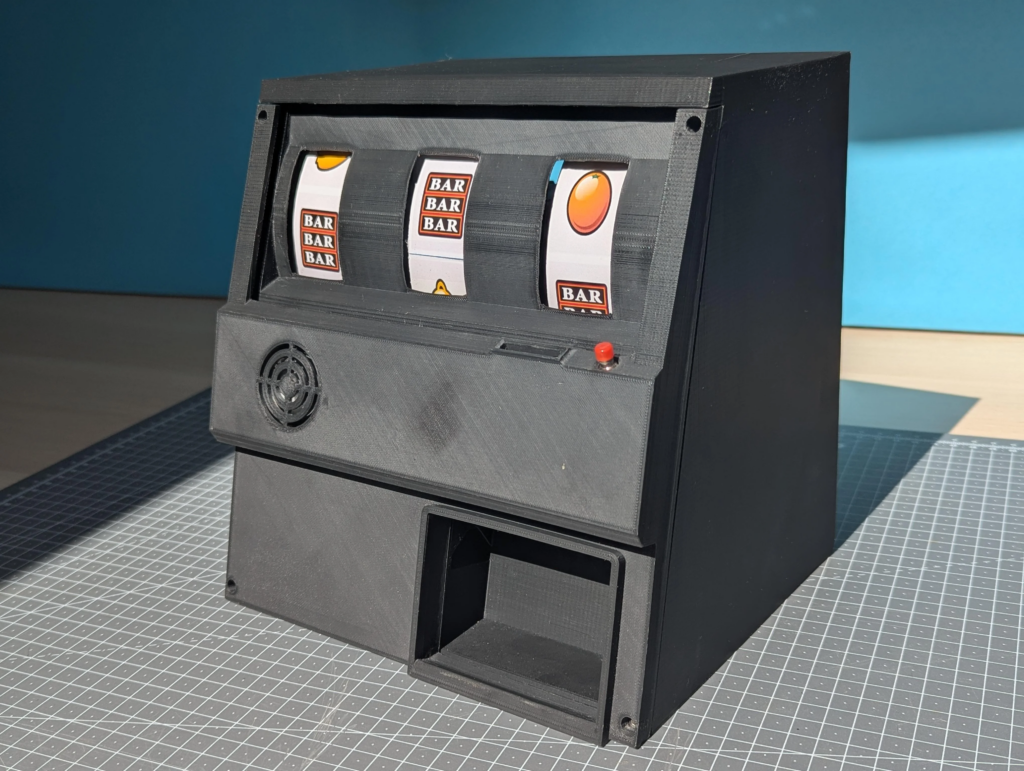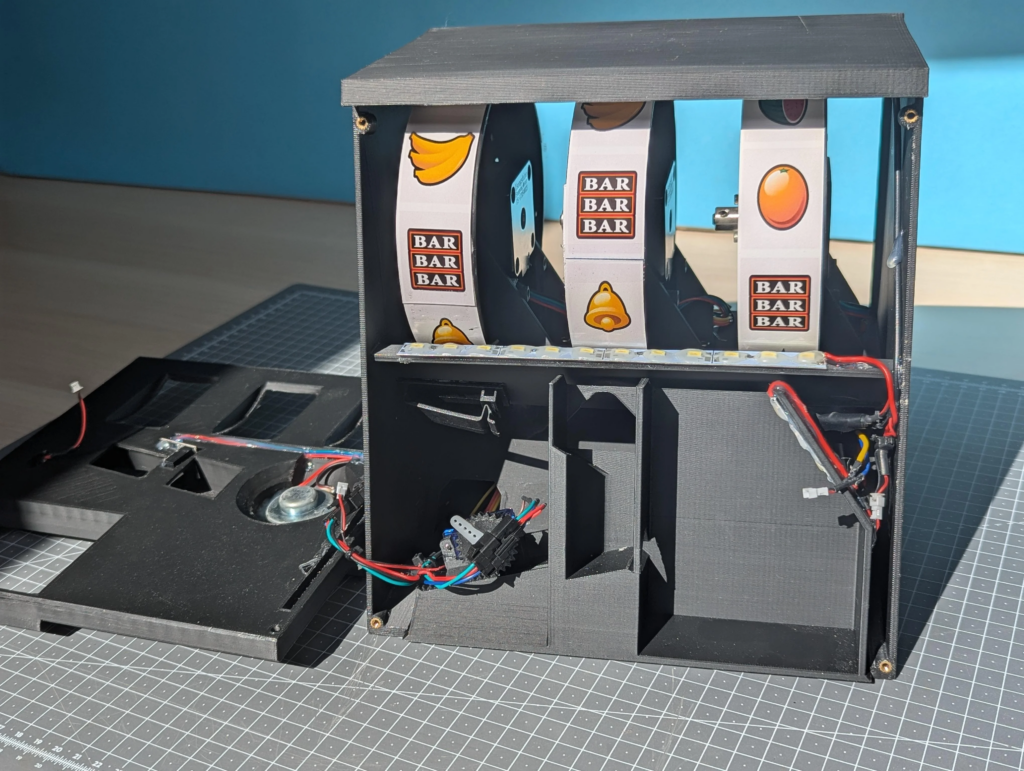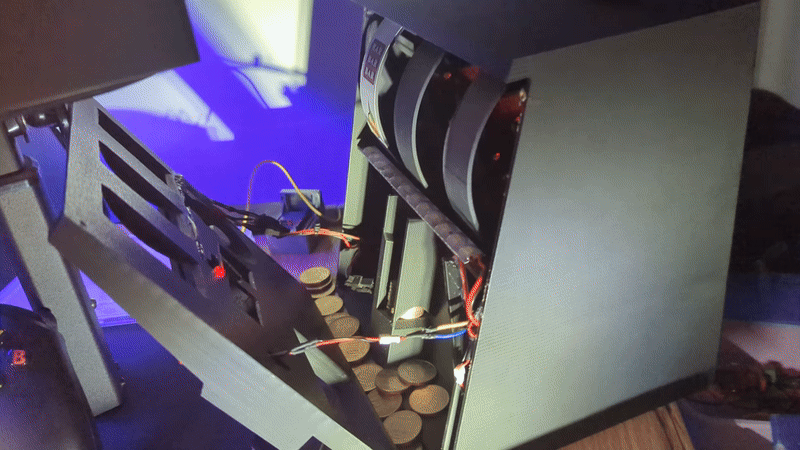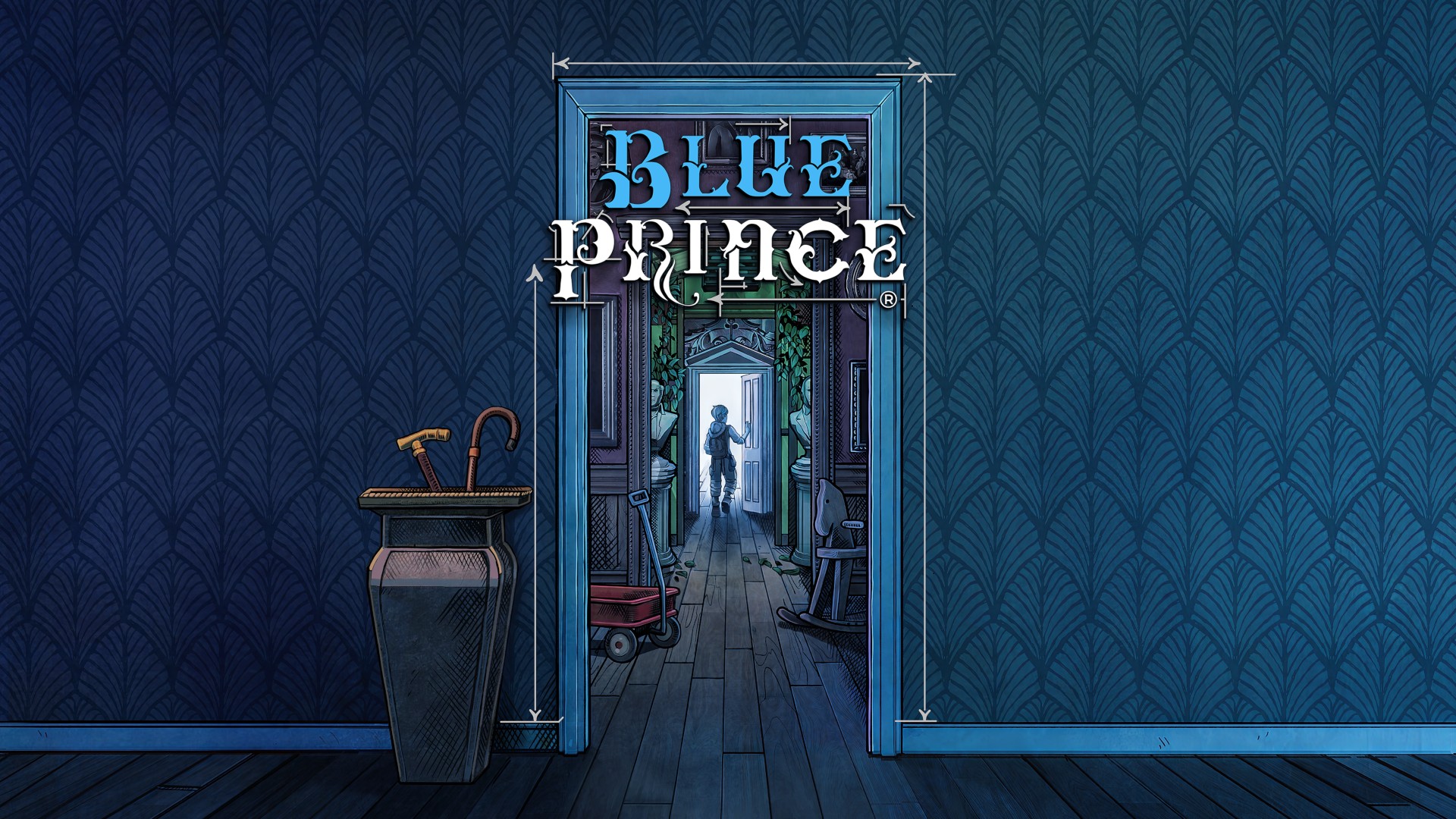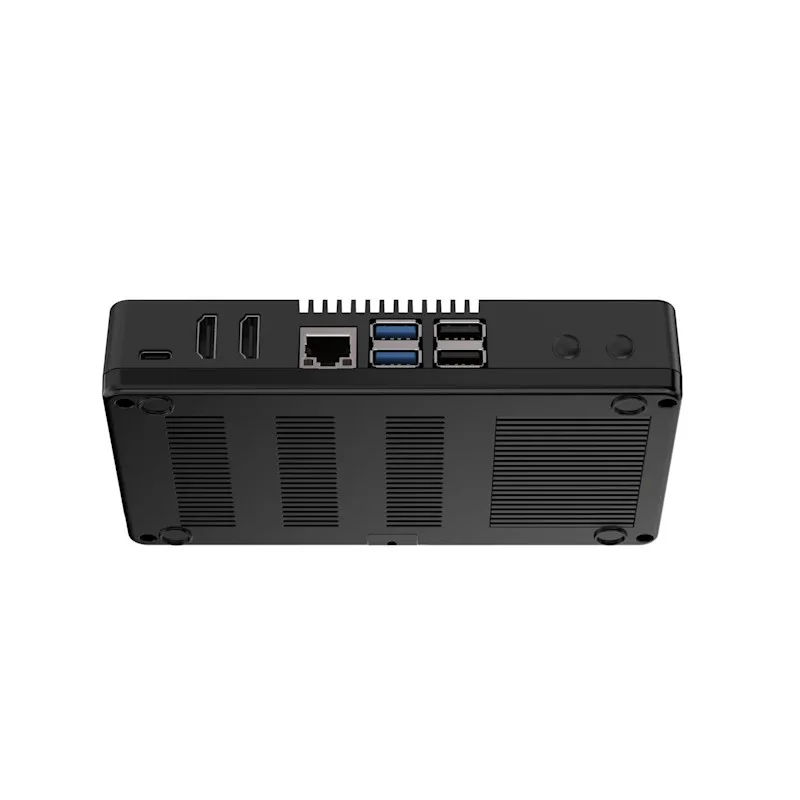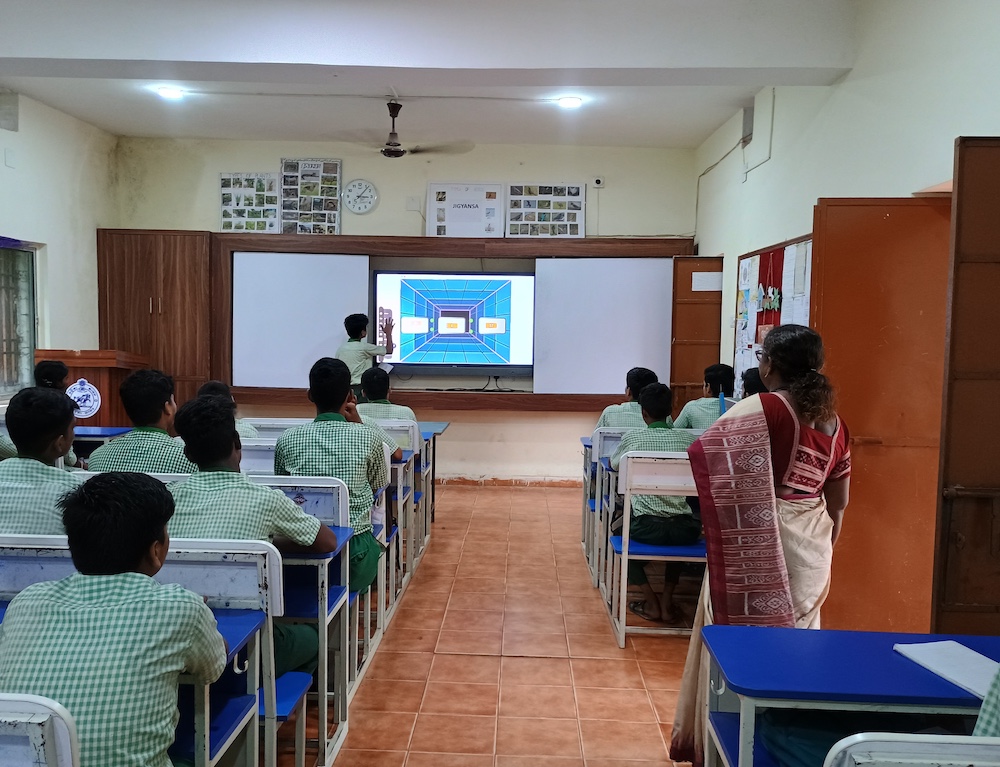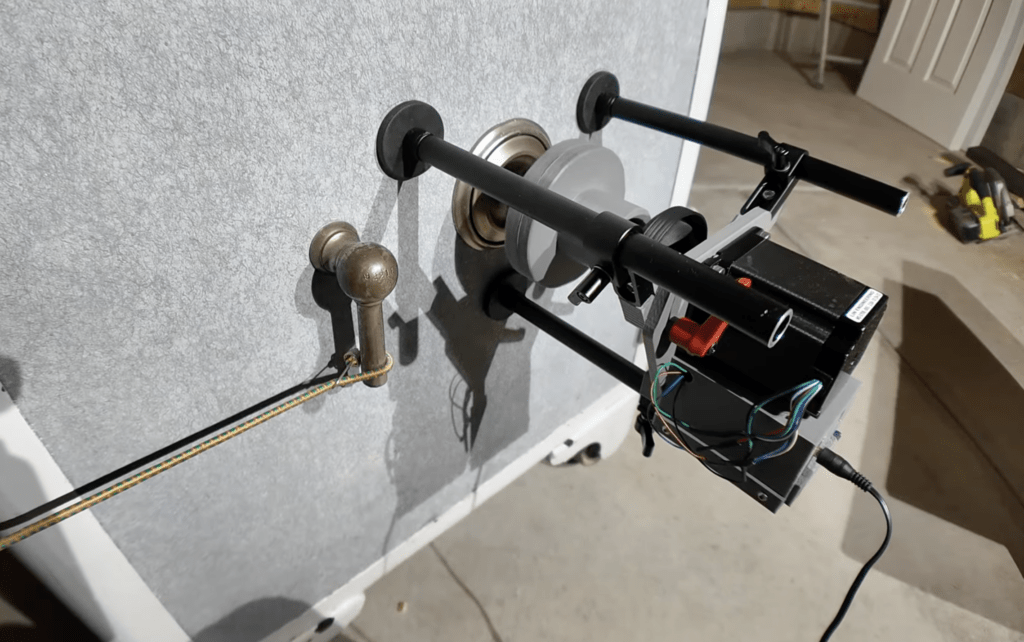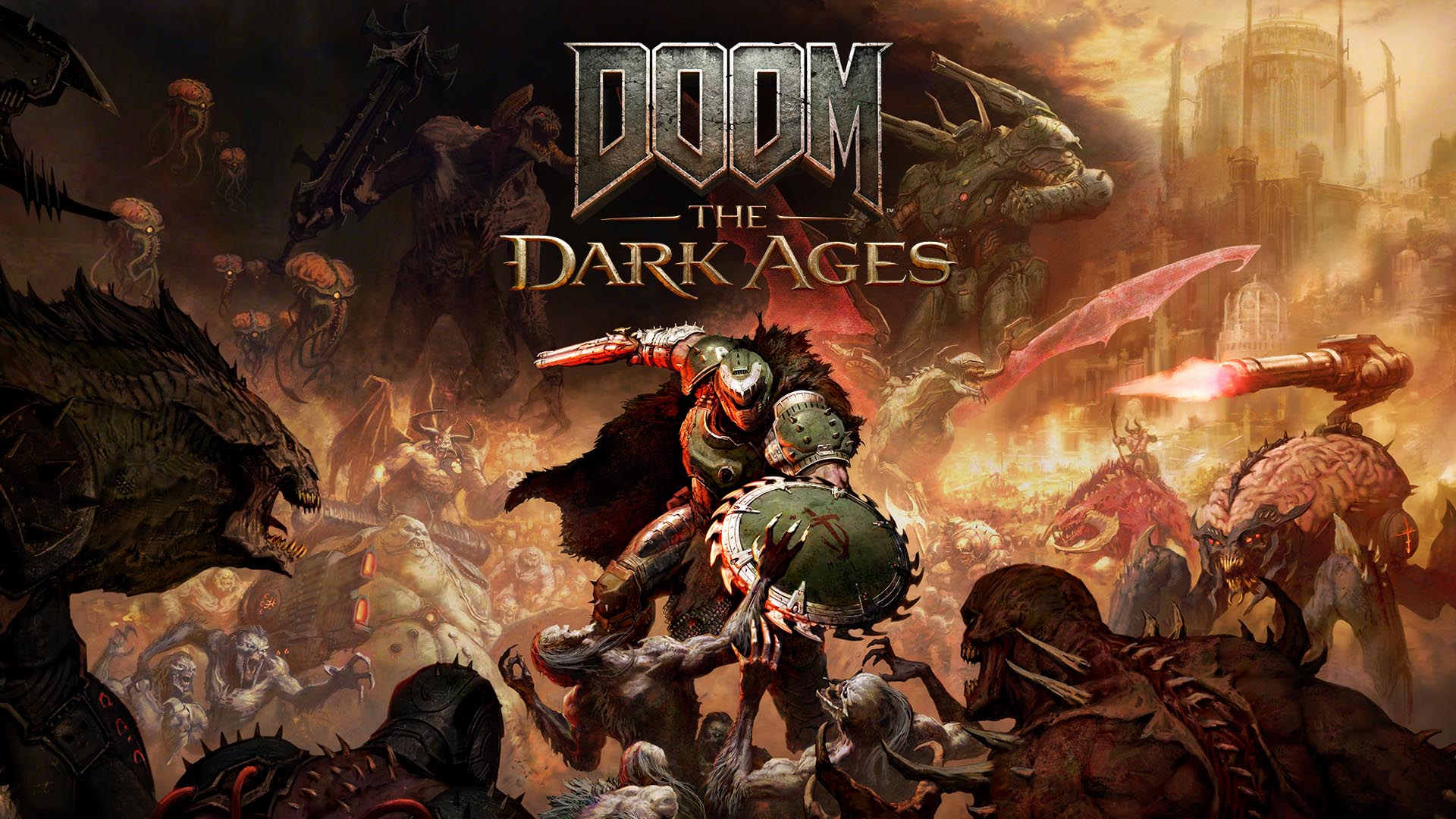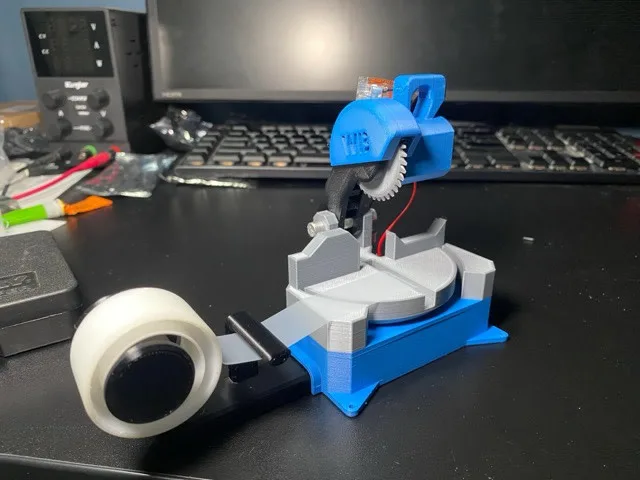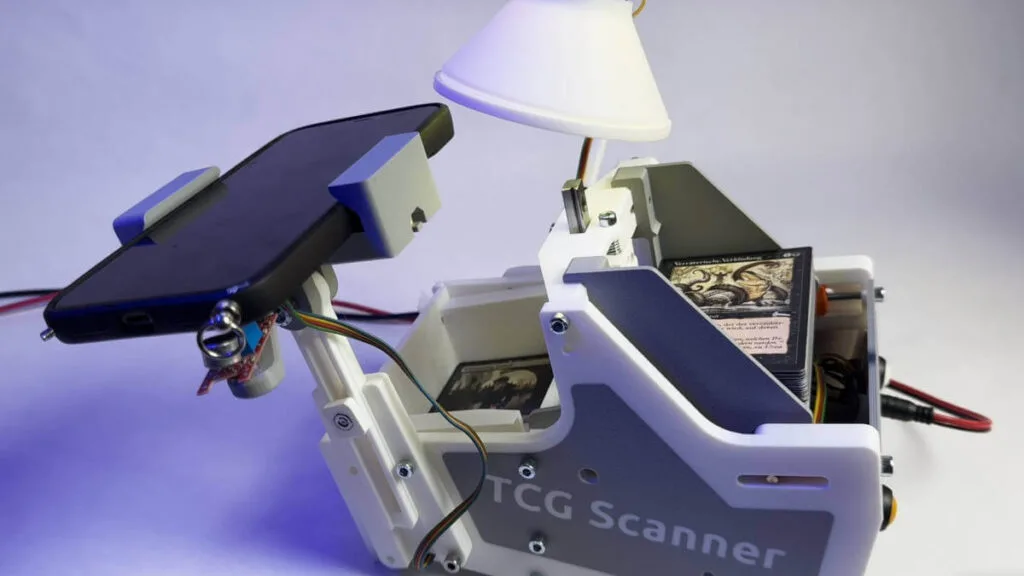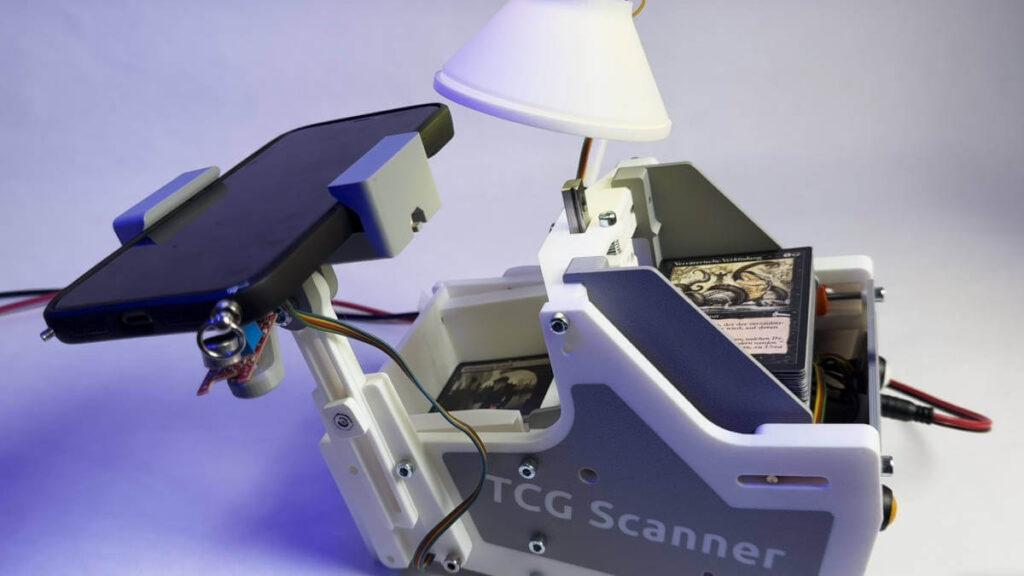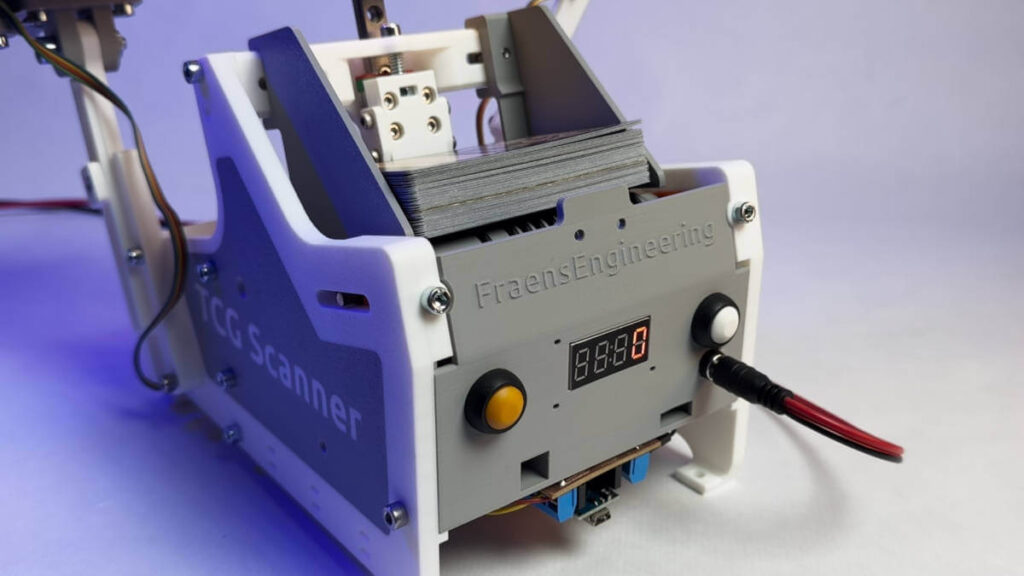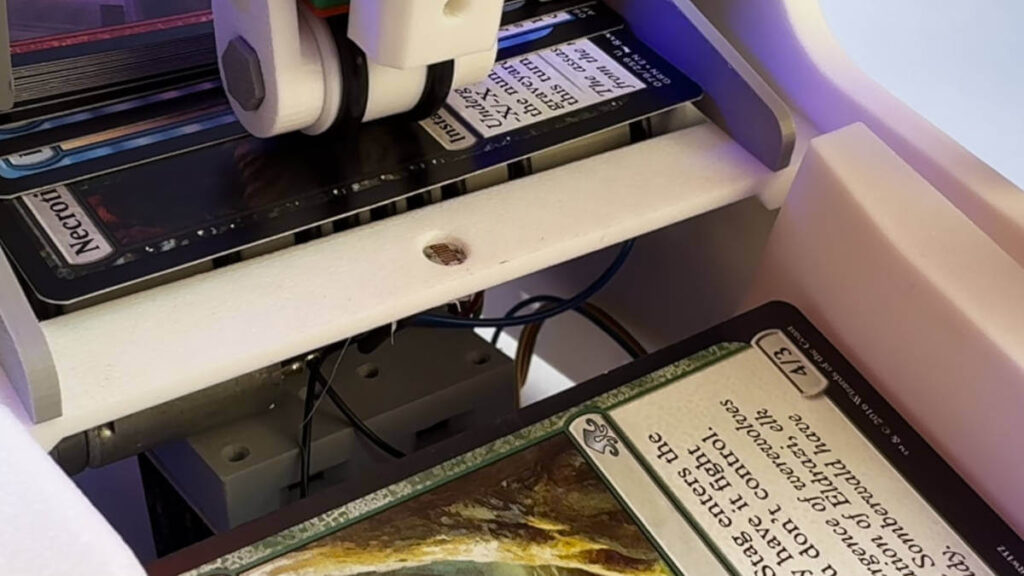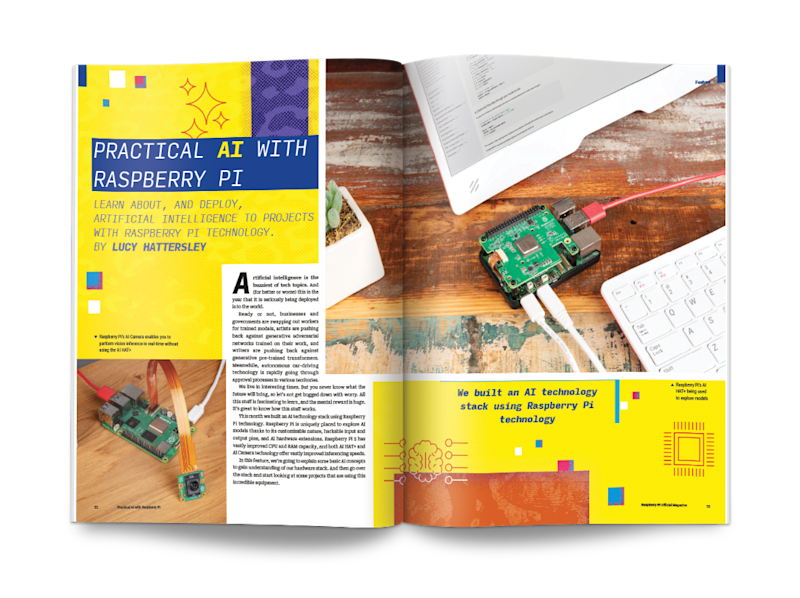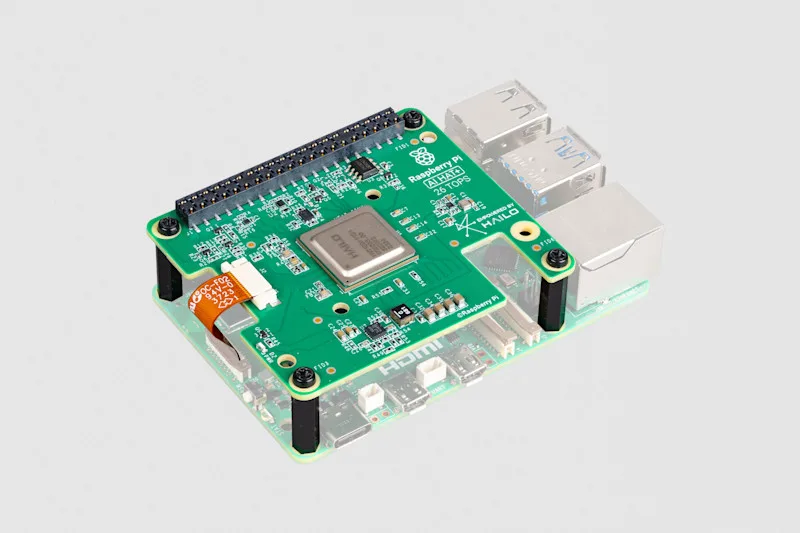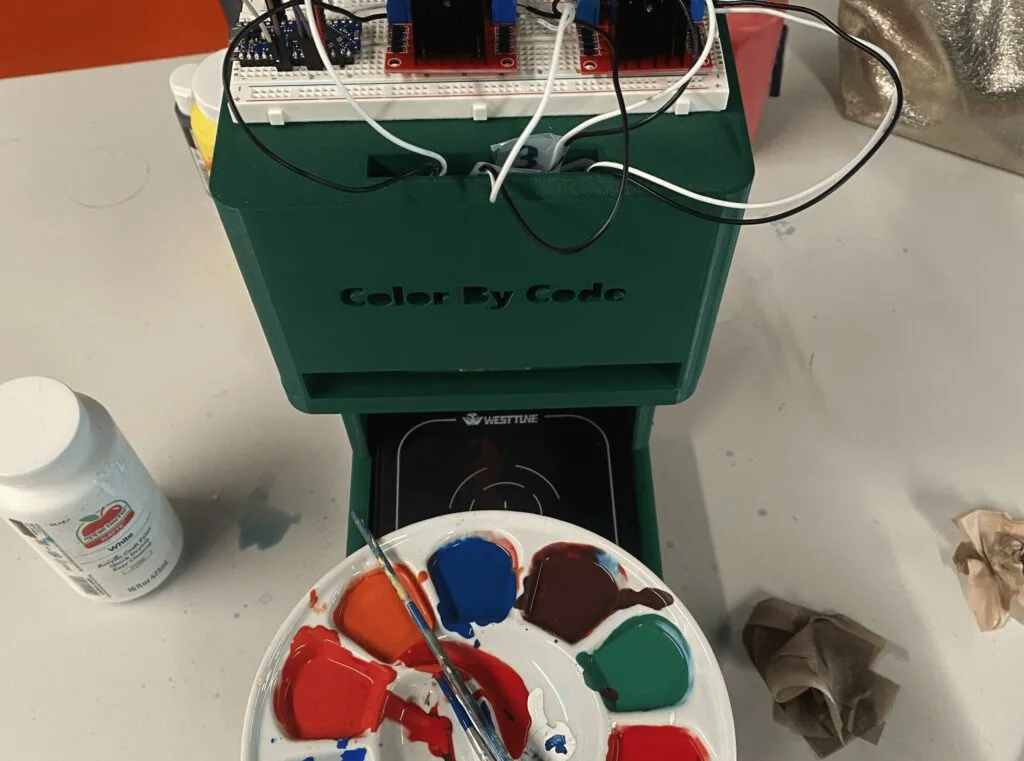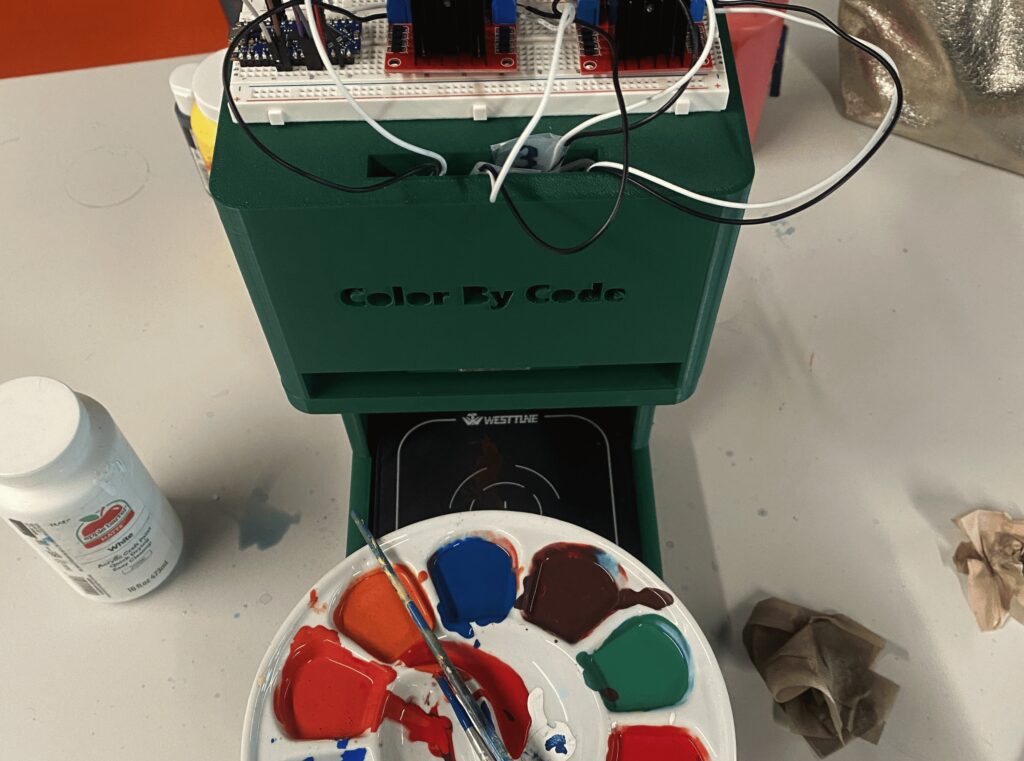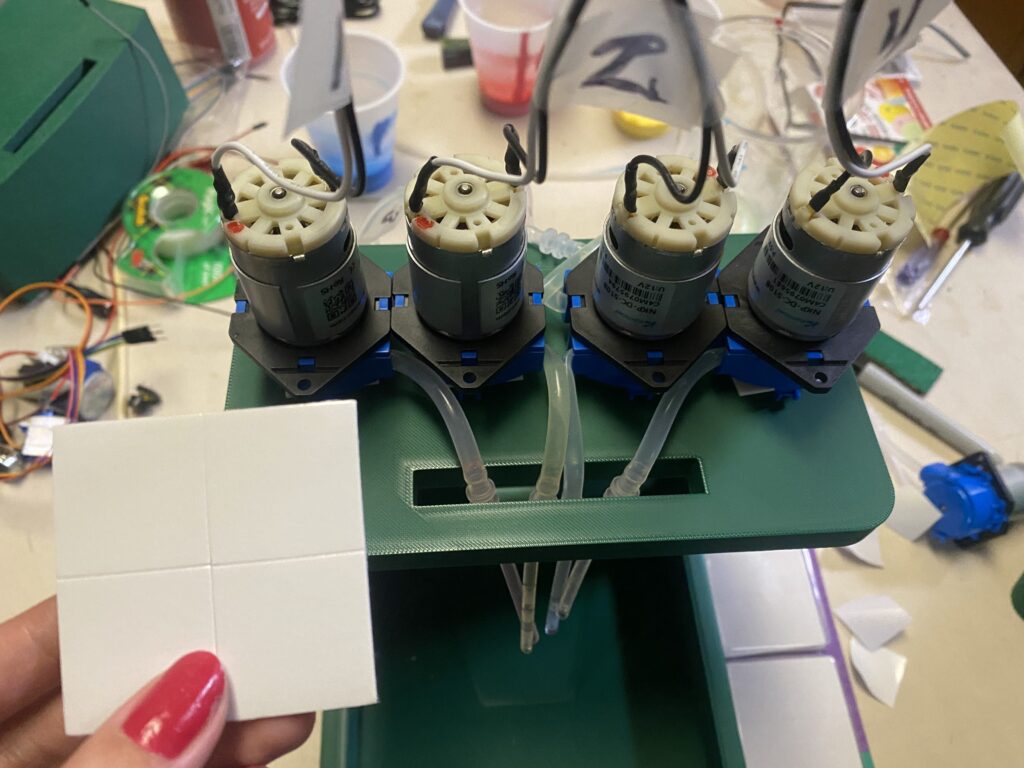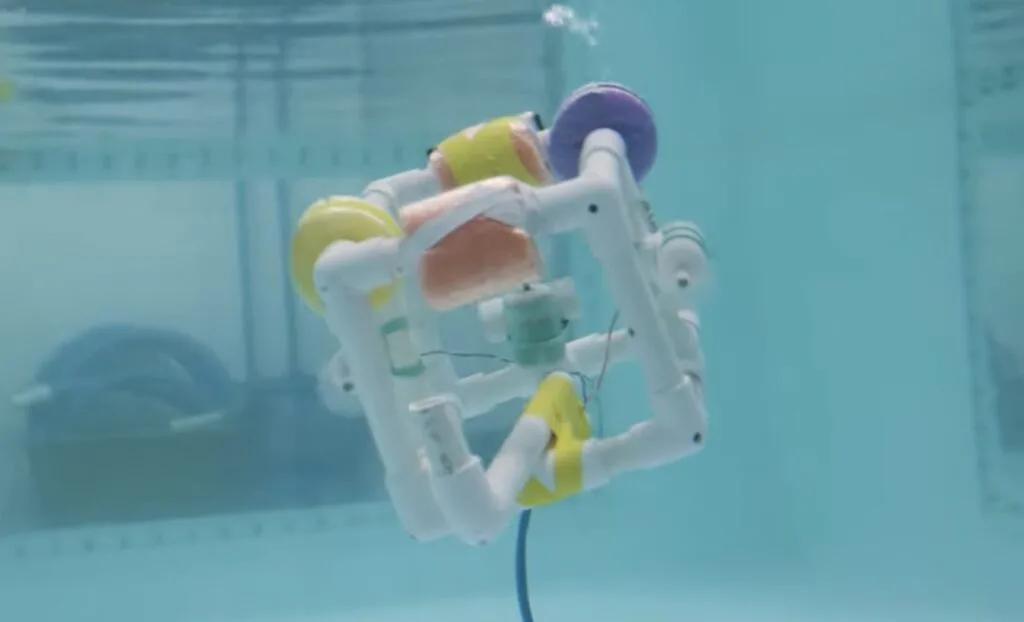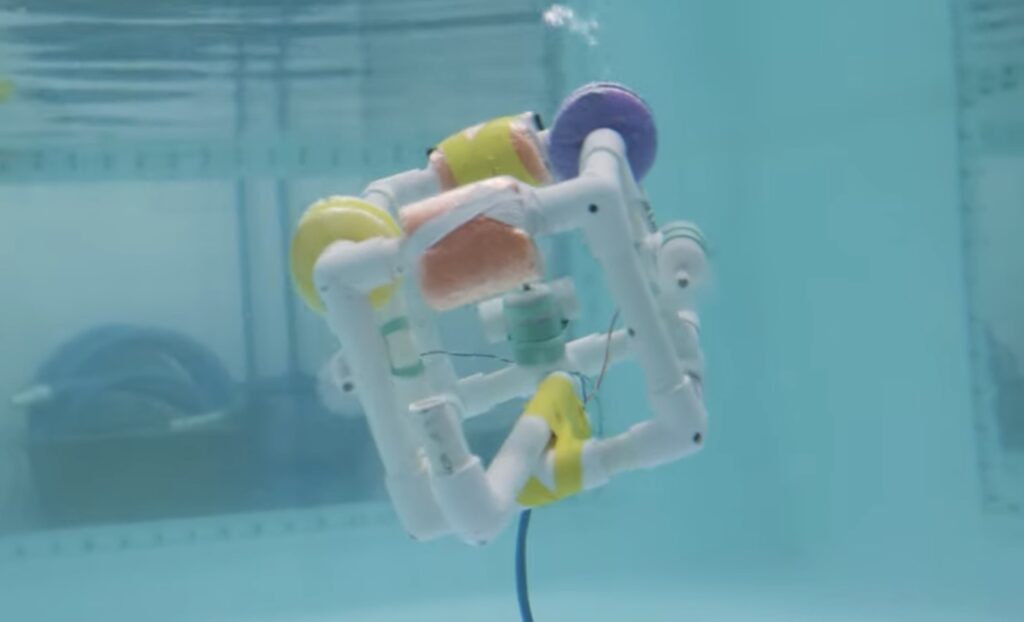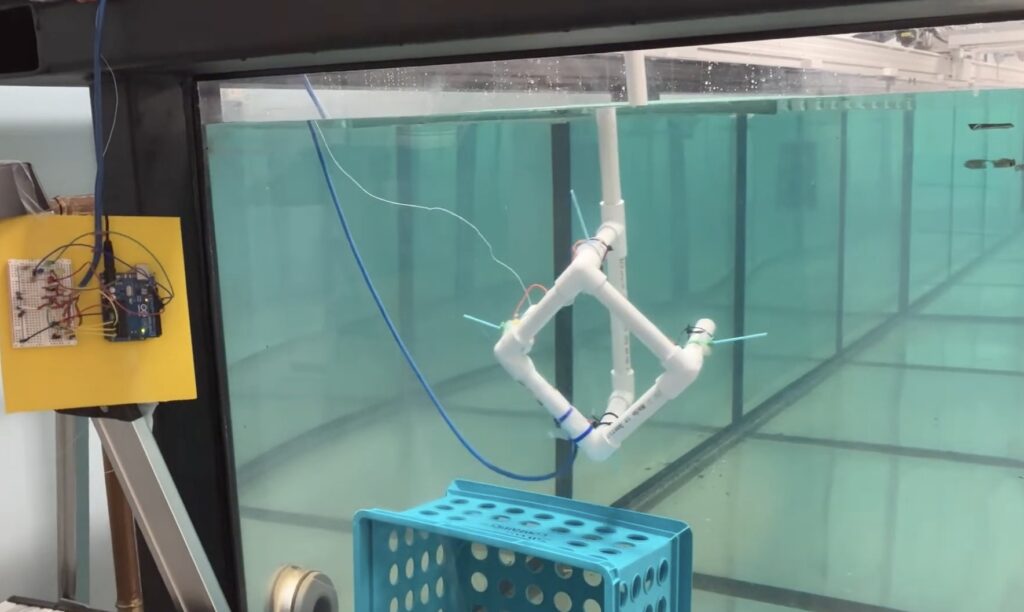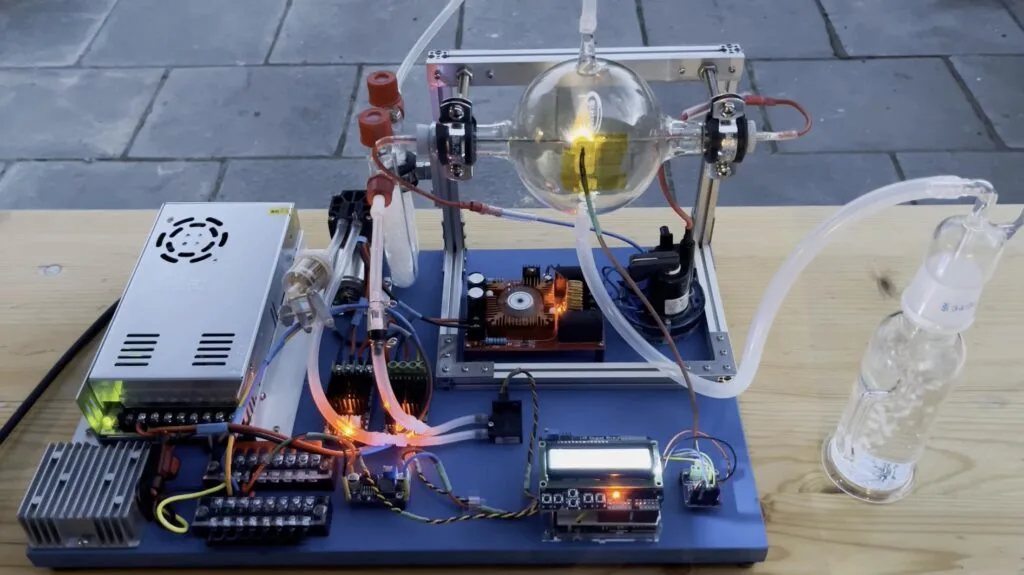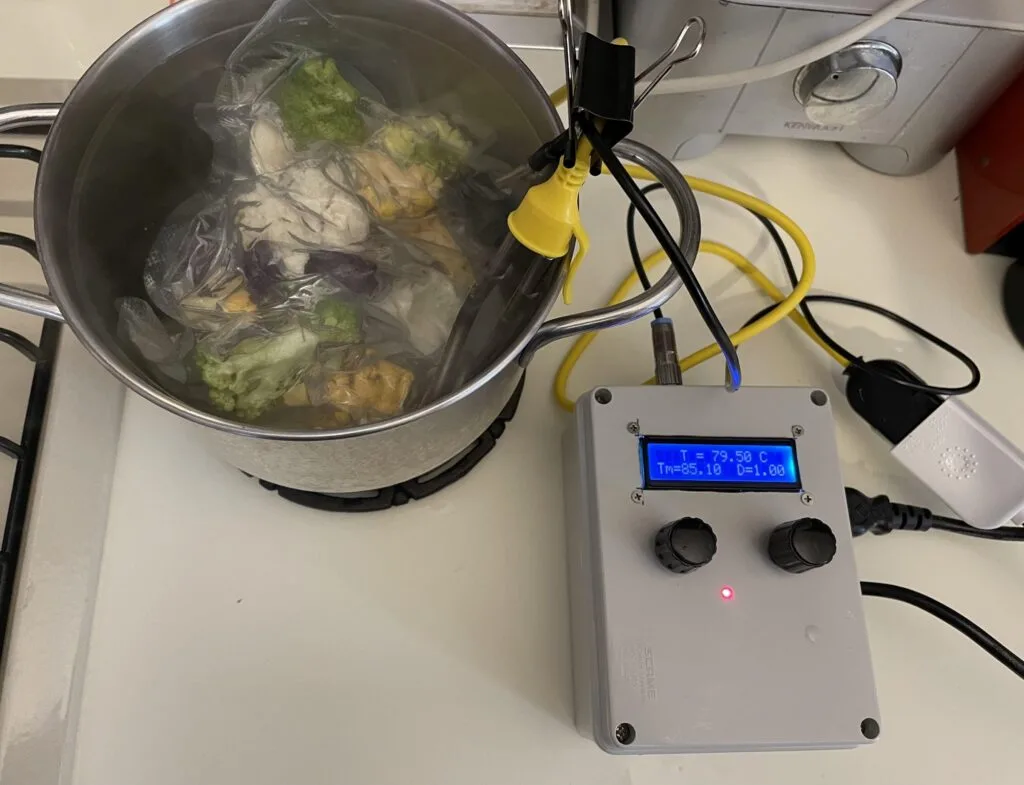Summary
- South of Midnight launches on April 8, or play now with the Premium Edition.
- The game arrives for Xbox Series X|S, Xbox app for Windows PC, Steam, cloud, and will be available day one with Game Pass. And with Xbox Play Anywhere, play on Xbox consoles, Windows PC, and cloud with full cross-entitlements and cross-saves.
- To celebrate release, we’ve put together 6 tips to help you in both exploration and combat.
South of Midnight invites you into a dark, fantastical world drawn from tales of the American South – and while this might look like a fairytale, both the stories it tells and the challenges it poses are far from simplistic.
Telling the tale of Hazel, who gains the magical power of Weaving after her mother is swept away by a supernatural flood, you’ll need to cross a warped take on the South in your hunt to find her mother, and answers to what exactly is going on. Along the way, you’ll battle Haints – corrupted enemies borne from the sorrow of the world – and cure the wounds of Mythical Creatures, the subjects of real-life folktales brought to life by developer Compulsion Games.
Premium Edition owners can play from today (ahead of an April 8 release date for all players), and to celebrate we’ve put together some tips that cover both exploration and combat, which will help you prepare for this very unexpected journey:
Look Everywhere

Navigating each of South of Midnight’s chapters could be as simple as following your Guiding Strand – a feature that sees magical threads guide you to your next goal. But that’s far from all there is to discover. Each location is stuffed with hidden areas – some require platforming to reach, others need you to use your spells, while others will lead you into battles you might never have otherwise had. All of them will require a keen eye to find.
Your rewards for doing this usually come in the form of Floofs – the game’s upgrade currency – and we hugely recommend you take the time to look for them. With just a bit of concerted exploration, you can add upgrades to your skill tree (more on those later) much faster than by simply running from one objective to the next.
Even better, you may also find Life Filaments as you go. Most chapters contain one of these – usually in its most hidden side area – and collecting three offers a permanent upgrade to your health bar.
Expand These Stories

South of Midnight is all about stories – from the tale of Hazel’s search to find her mother, to the tragic backstories of the Mythical Creatures you’ll find along the way. But if you want to dig really deep, make sure to search each chapter for items, notes, and more. You’ll see these marked by small circles as you approach, often in out-of-the-way locations.
Far from your regular world-building, each chapter’s hidden notes add even more detail to the characters and stories you’re learning about along the core questline. You may discover hidden motivations for why characters are the way they are, simply because you took the time to read about their lives. It’s an enriching way to add to the wider tale.
Upgrade Early and Often

As mentioned above, you can speed through the upgrade tree with a bit of exploration – and when you start hitting harder combat sequences, you’ll thank yourself for doing it. Even on its regular difficulty level, South of Midnight’s combat packs a punch, with even the most basic Haint enemies removing whole chunks of your health bar after a single hit – never mind when you come up against a Mythical Creature. Upgrades are your means of turning the tables.
Upgrades tend to focus more on offering you added perks, rather than simply buffing an ability’s existing stats. When you Unravel a downed enemy to claw back some health, for example, you can add an area of-effect blast to stagger any nearby Haints before you get back into the fray. Adding a quick double-dodge to your repertoire, meanwhile, will come in very handy when you start meeting enemies that can quick-fire multiple projectiles. Take the time to explore the skill tree, and prioritize upgrades that look like they’ll solve problems.
Use Dodges as Attack and Defence
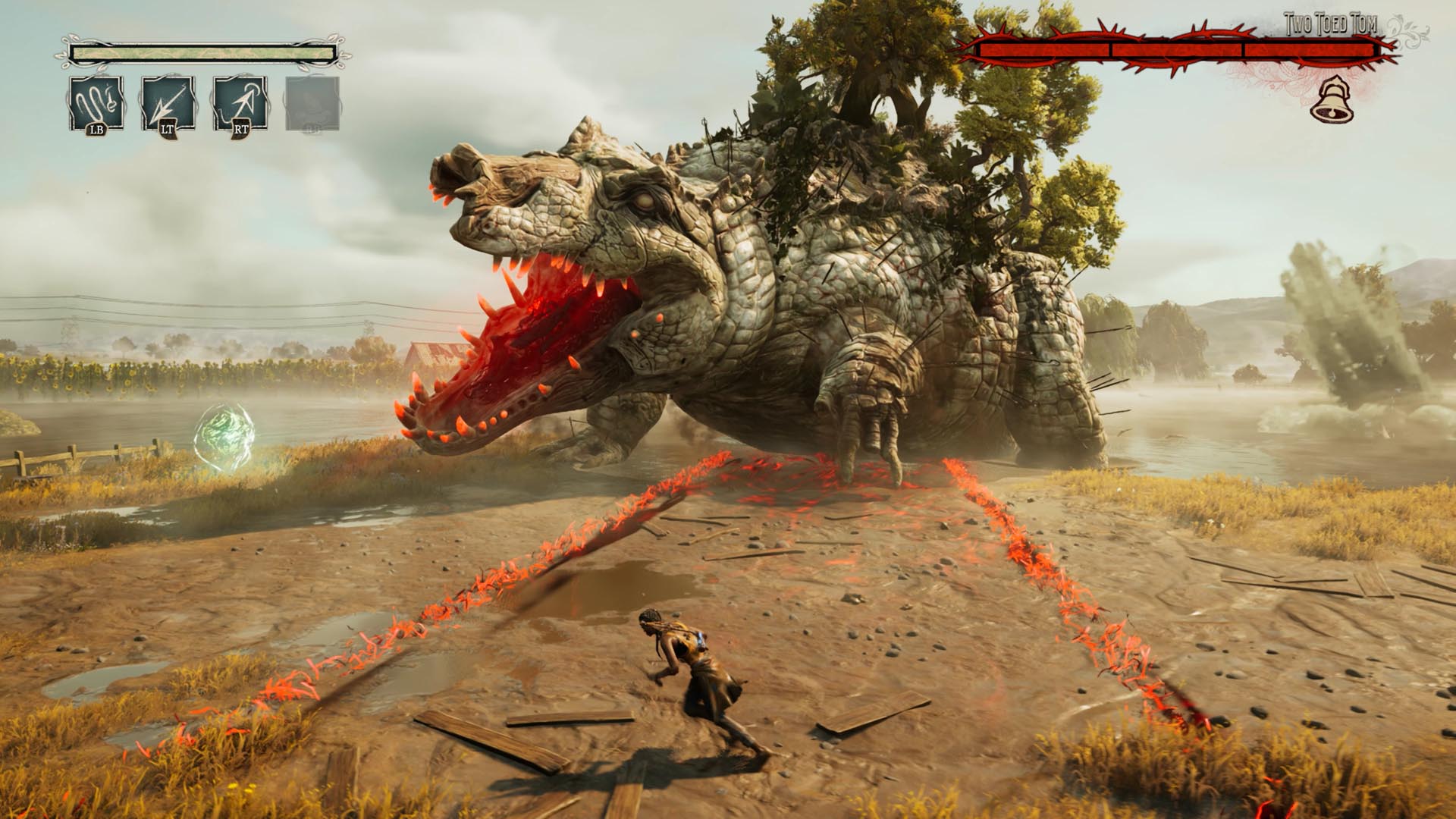
Hazel doesn’t have the ability to block attacks – but she more than makes up for that with a powerful bonus to her dodge. Hitting the dodge button will help you escape in any direction (with some invulnerability frames thrown in) – but hitting a perfectly timed dodge, just before you’re hit, comes with a nasty surprise for whoever was trying to hurt you.
Perfect Dodges send out a blast of energy, staggering any enemy around you and doing some nice damage, too. It’s worth paying attention to not just what attacks enemies can do, but the time it takes to pull them off – pretty soon, you can be doing almost as much damage by not attacking.
Use Spells as Interrupts
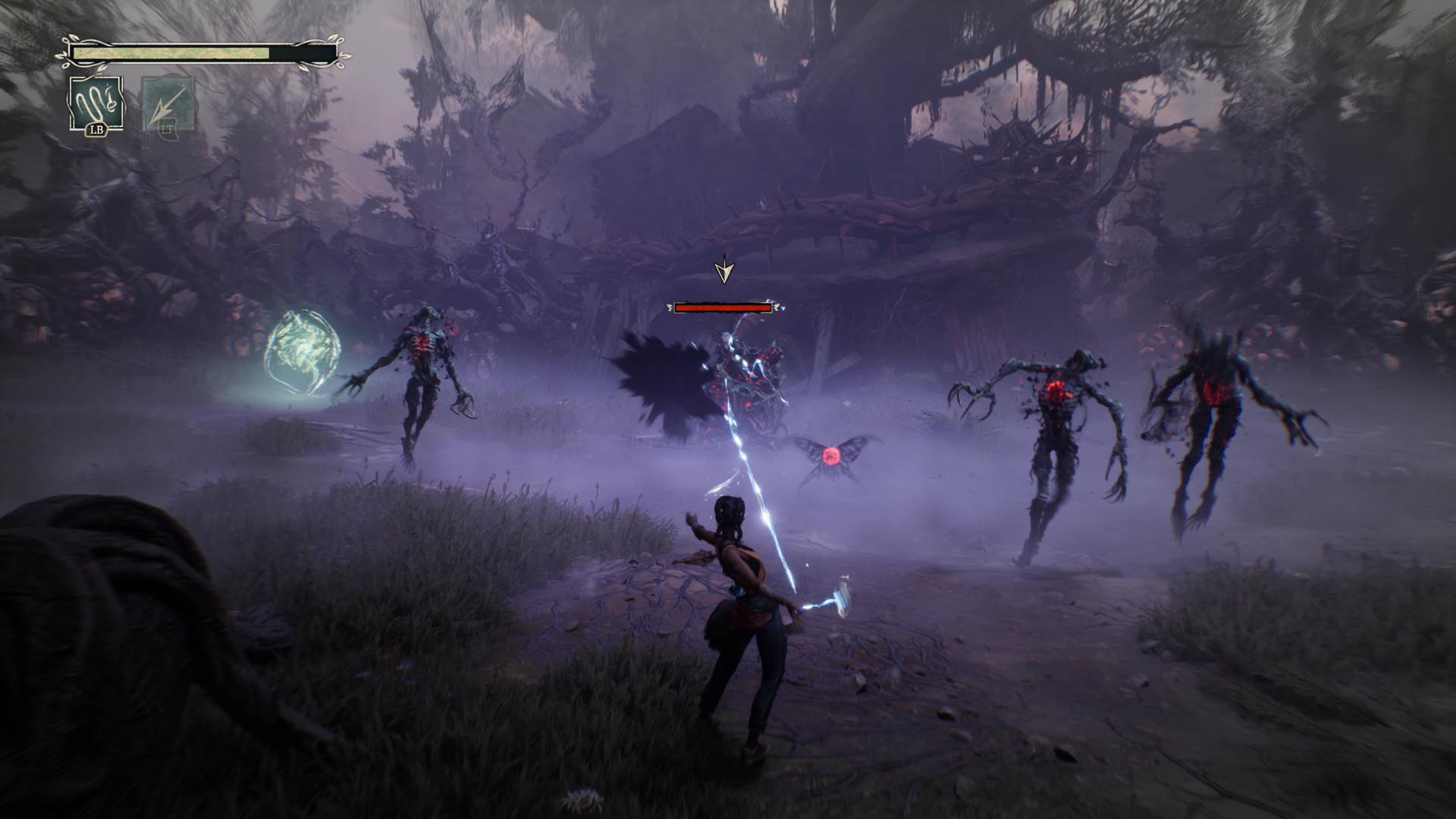
As we mentioned, getting hit in South of Midnight can get very nasty, very quickly – and while Hazel has that handy dodge, it can sometimes be easier simply to stop an attack in the first place. Against most enemies, throwing out a spell – whether that’s a Pull, a Push, or a Weave (which incapacitates most Haints) – will break them out of an attack completely.
While it’s tempting to spam your spells as soon as they’ve cooled down, we’d recommend keeping one in reserve as an emergency interrupt – if you see an enemy winding up during your combo, simply hit them with a spell and keep thwacking.
Chain Your Spells
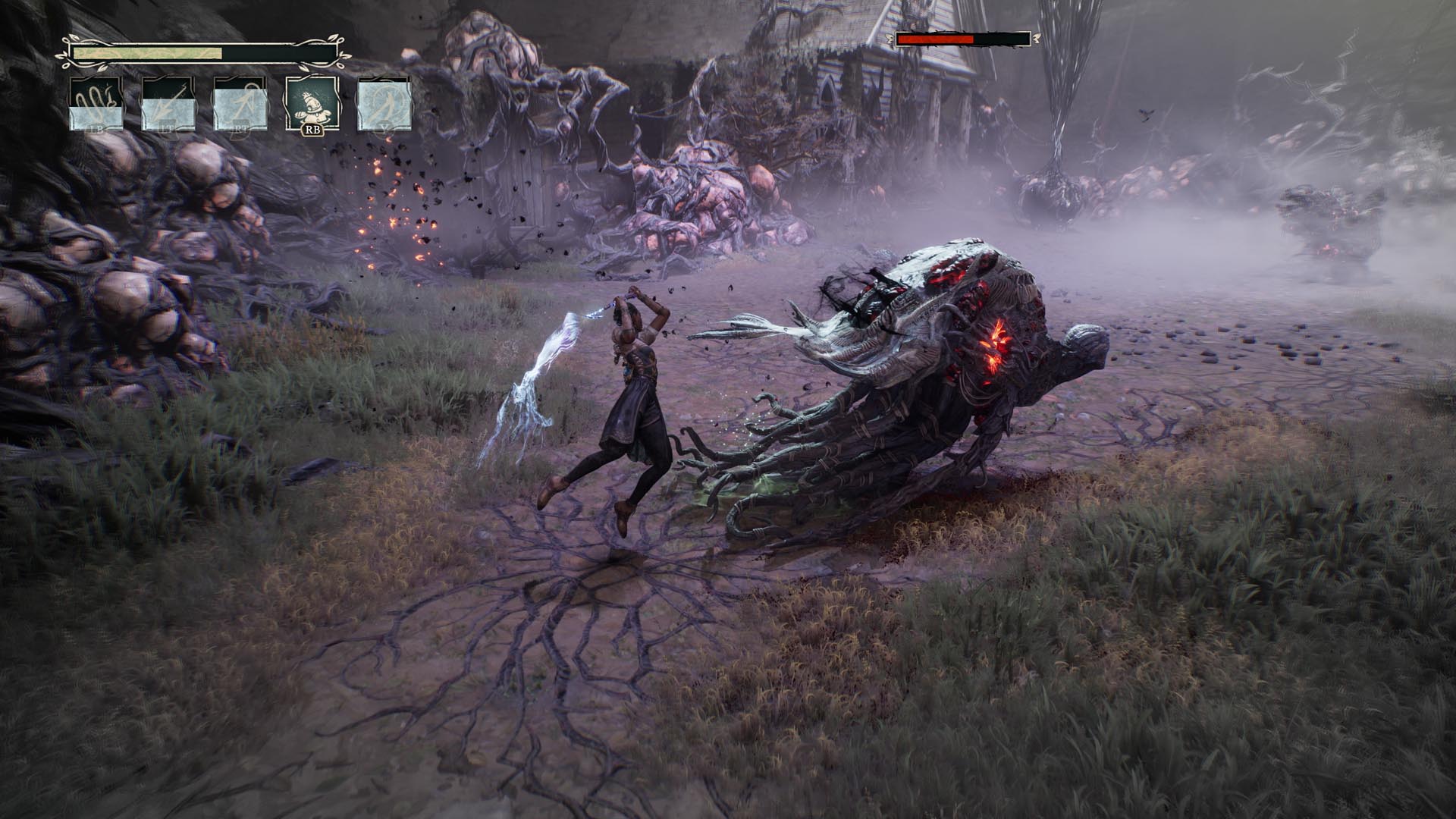
If you really want to keep an enemy locked down, you can use your full spell repertoire to keep attacks going without interruption. This is particularly useful once you have a few upgrades under your belt.
For example, you could Pull an enemy towards you, with an added Weave effect (which you can also upgrade to have them take more damage while tied up). As soon as they break free, Weave them again with that core spell – and when they break free again, use Push to deal some damage and keep your distance, before charging up your ranged attack to deal the killer blow.
With a bit of practice, enemies that felt like they took an age of dodging and poking to beat in the early game can begin to go down in a single combo – it’s extremely satisfying.
South of Midnight will be available on April 8, 2025, on Xbox Series X|S, Xbox App for Windows PC, Steam and cloud, and arrives on day one with Game Pass. Play from today by purchasing the Premium Edition, and get access to digital extras.

South of Midnight Premium Edition
Xbox Game Studios
$49.99
Immerse yourself into the macabre and fantastical world of South of Midnight with the Premium Edition, which includes the full game, up to 5 days early access, and digital access (in English) to: • South of Midnight Artbook • Original Soundtrack composed by Olivier Deriviere
• The Boo-Hag Comic book by Rob Guillory
• Music Video: Songs & Tales of South of Midnight • Documentary: Weaving Hazel’s Journey, Director’s Cut UNRAVEL THE PAST From the creators of Contrast and We Happy Few, South of Midnight is a spellbinding third person action-adventure game set in the American Deep South. As Hazel, you will explore the mythos and encounter creatures of Southern folklore in a macabre and fantastical world. When disaster strikes her hometown, Hazel is called to become a Weaver: a magical mender of broken bonds and spirits. Imbued with these new abilities, Hazel will confront and subdue dangerous creatures, untangle the webs of her own family’s shared past and – if she’s lucky – find her way to a place that feels like home. A DARK MODERN FOLKTALE When a hurricane rips through Prospero, Hazel is pulled into a Southern Gothic world of memory made real and must embark on a journey to rescue her mother and safeguard her hometown. In this folktale for modern times, Hazel will need to reconcile the weight of family, history, and legacy against her own identity. CONFRONT MYTHICAL CREATURES Wield an ancient power to restore creatures and uncover the traumas that consume them. Cast weaving magic to fight destructive Haints, explore the diverse regions of the South, and reweave the tears in the Grand Tapestry. HAUNTING BEAUTY OF THE GOTHIC SOUTH Discover the lush, decayed county of Prospero and its locals. Experience a crafted visual style, touching storytelling, and immersive music inspired by the complex and rich history of the South.

South of Midnight
Xbox Game Studios
$39.99
From the creators of Contrast and We Happy Few, South of Midnight is a spellbinding third person action-adventure game set in the American Deep South. As Hazel, you will explore the mythos and encounter creatures of Southern folklore in a macabre and fantastical world. When disaster strikes her hometown, Hazel is called to become a Weaver: a magical mender of broken bonds and spirits. Imbued with these new abilities, Hazel will confront and subdue dangerous creatures, untangle the webs of her own family’s shared past and – if she’s lucky – find her way to a place that feels like home. A DARK MODERN FOLKTALE When a hurricane rips through Prospero, Hazel is pulled into a Southern Gothic world of memory made real and must embark on a journey to rescue her mother and safeguard her hometown. In this folktale for modern times, Hazel will need to reconcile the weight of family, history, and legacy against her own identity. CONFRONT MYTHICAL CREATURES
Wield an ancient power to restore creatures and uncover the traumas that consume them. Cast weaving magic to fight destructive Haints, explore the diverse regions of the South, and reweave the tears in the Grand Tapestry. HAUNTING BEAUTY OF THE GOTHIC SOUTH
Discover the lush, decayed county of Prospero and its locals. Experience a crafted visual style, touching storytelling, and immersive music inspired by the complex and rich history of the South.
Website: LINK



